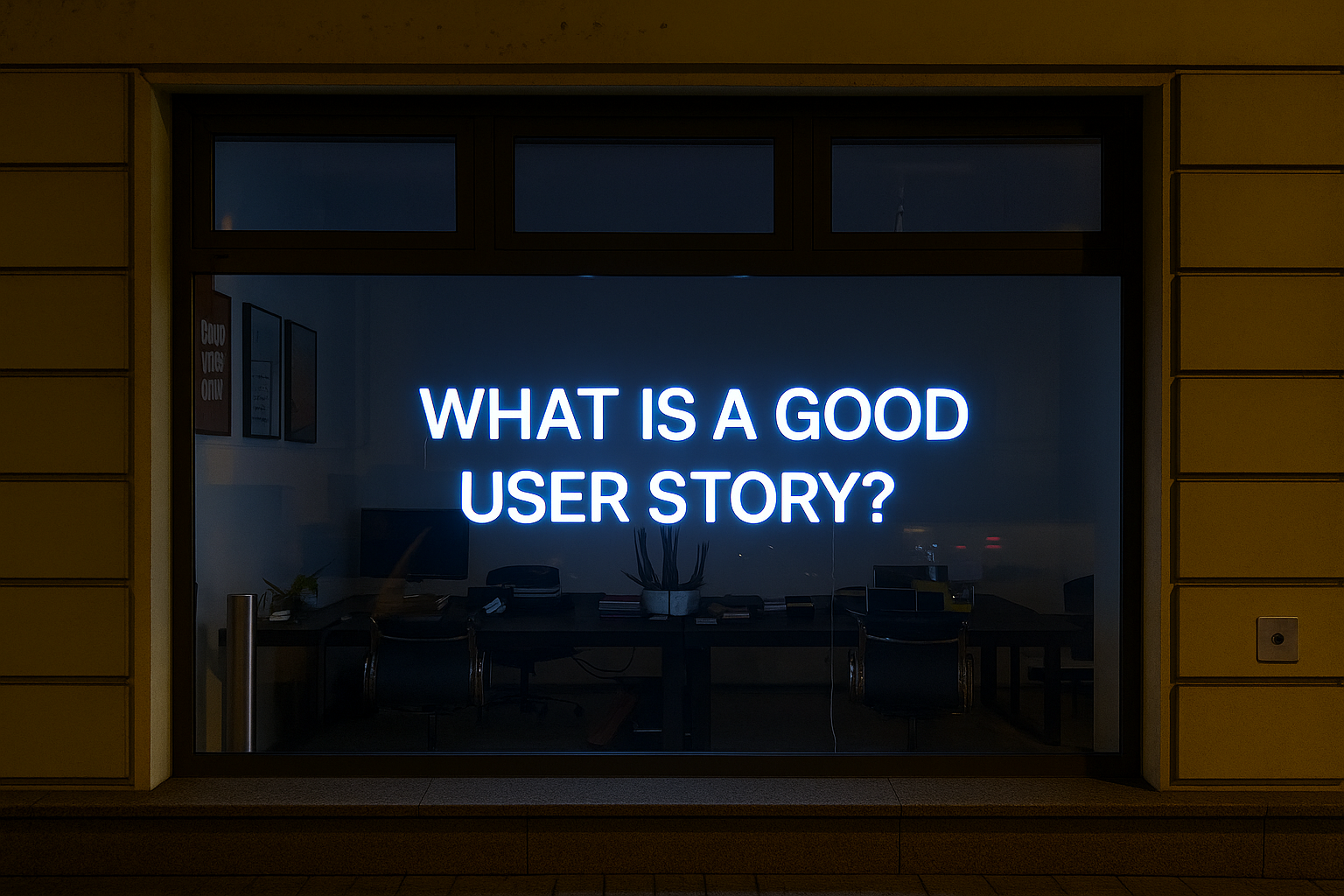What Founders Get Wrong About MVP Scope (And How to Fix It)


Most MVPs fail because they try to do too much or prove the wrong thing. A great MVP isn’t a lite product—it’s a focused experiment.
At WIARA, we help founders align around one core assumption, build lean-but-scalable MVPs, and avoid costly missteps.
This article shows how to avoid the 5 most common MVP traps—and shares our proven framework for building fast, learning faster, and laying a solid foundation for growth.

Want expert help scoping your MVP?
Launching a Minimum Viable Product (MVP) is one of the most critical milestones in any product journey. Yet the pressure to make a big impression often leads to scope bloat, fuzzy priorities, and misaligned expectations.
At WIARA, our guiding principle is simple: the best MVPs do less, better. After working with dozens of startup teams and product leaders, we’ve learned that a successful MVP doesn’t try to prove everything—it proves the right thing. It’s not a reduced version of your final product. It’s a focused experiment designed to answer a key question about your users, market, or value proposition.
The difference is clarity. When you focus on validating a single, strategic assumption, you move faster, avoid costly missteps, and set your product up for sustainable growth.

The most damaging mistake founders make is diving into development without true alignment. If your team, investors, and partners like WIARA aren’t on the same page about what the MVP is meant to validate, you’re likely to build the wrong thing—beautifully and inefficiently.
We’ve seen this happen when strategic alignment is treated as optional. But alignment isn’t about bureaucracy—it’s about making sure everyone is solving the same problem, with the same expectations for learning and success. That means defining the outcome before touching a line of code.
Too often, founders skip this because they associate planning with slowness. But what looks like speed is often just premature motion. Each stakeholder walks in with a different definition of MVP—one sees a sales demo, another a market test, a third imagines the full product stripped down. The result? A fragmented product built on miscommunication, not purpose.
At WIARA, we treat alignment as a prerequisite—not a formality. Clarity at the start protects speed, budget, and confidence down the road.
It’s easy to fall into the trap of building a scaled-down version of your final product. But that’s a misunderstanding of what an MVP is meant to do. A strong MVP isn’t a lite version of your product vision—it’s a focused tool to validate one high-leverage assumption. Once that assumption is proven or disproven, you earn the confidence to move forward.
We see this mistake often: teams building based on speculation rather than learning. They pack in features they thinkwill matter later—without realizing those guesses introduce unnecessary cost, complexity, and delay. From the inside, those features feel critical. But from an outside perspective, they’re often just noise.
This tendency is driven by fear—the fear of launching something "too small" or "not impressive enough." But that mindset leads to bloat and missed insights. In our view, it’s far more valuable to ship a sharply defined MVP that delivers insight and momentum, than a broad one that says little. Discipline in scoping isn’t about constraint—it’s about increasing signal-to-noise and making smarter decisions, faster.
Too often, founders hire developers who are great at executing tasks—but stay in their lane. They follow orders, write clean code, and hit deadlines. But they don’t ask the hard questions: Should we even be building this? Is this the right technical approach? Is this solving the problem we think it is?
At WIARA, we see this as a leadership failure—not on the devs’ part, but on the hiring side. When founders choose executors over strategic partners, they’re opting for short-term output over long-term impact. The result? A product that matches the brief but misses the mark.
What’s missing is a true partner—someone who will challenge assumptions, shape architecture early, and tie tech decisions to business context. Especially under pressure, it’s easy to default to motion over meaning. But real velocity comes from doing the right work in the right order—not just moving fast. That’s what we bring to the table: code, yes—but also clarity.
Some founders try to match competitors by replicating their features, thinking it’ll position them as credible or fundable. But this approach almost always backfires. Instead of proving product-market fit, it results in bloated MVPsthat fail to stand out—and worse, fail to learn anything meaningful.
At WIARA, we believe copying features is a sign of unclear vision. Mature competitors have had time to test, iterate, and refine their offerings. You don’t have that luxury yet. Your job is not to mimic their roadmap—it’s to prove that your product solves a real problem in a better or different way.
The pressure to look like you’re “serious” leads teams to overbuild too early. But looking serious and being strategic are not the same. Differentiation comes from clarity, not feature count. A lean, well-scoped MVP that proves your edge is far more powerful than a Frankenstein replica of something that’s already out there.
Skipping architectural thinking or launching without real validation is one of the most dangerous forms of false progress. It feels fast—but it sets you up for one of the hardest traps in product development: rewriting while live.
At WIARA, we’ve seen this play out more times than we’d like. The team ships a quick MVP, it gains some traction, and suddenly they’re stuck maintaining it while trying to rebuild it better. It splits resources, creates delivery friction, and burns everyone out. Rewrites in this context rarely succeed—not because teams aren’t capable, but because the organizational strain becomes unsustainable.
Our stance is clear: speed without a solid foundation is a liability. We don’t over-engineer MVPs, but we design them intentionally—so they can evolve, not collapse. It’s better to spend a few more days planning and laying down scalable architecture than to pay for shortcuts over the next 12 months. A well-structured MVP doesn’t block iteration—it accelerates it.
Two weeks of coding can be undone by a two-hour conversation.
We never start development until there is complete clarity on what needs to be built, how it fits into the long-term product vision, and what success looks like.
We often say, “Two weeks of coding can be undone by a two-hour conversation.” It’s a running joke—but it reflects a deeper truth: planning always outpaces premature execution.
Our approach includes collaborative workshops, structured decision-making, and shared success criteria. This ensures everyone is solving the same problem, in the right way.
We build MVPs that are lean—but never brittle. They validate core assumptions, and their architecture supports future iterations.
It's easy to justify skipping foundational design to move faster. But in our experience, cutting structural corners leads to pain down the line. Rewrites rarely go smoothly: they split teams, delay updates, and drain morale.
Instead, we build with intent. The MVP might be minimal in features, but its foundation is sound and ready to scale.
When you're in the product every day, everything can feel essential. But that perspective often clouds judgment.
We help founders step back and differentiate between features that drive learning and those that only feel important. Internal urgency often inflates the scope—resulting in delays, budget creep, and missed opportunities. Many of those "critical" features get dropped once users provide real feedback.
Our job is to bring outside clarity. We ensure that every item in the MVP backlog exists for a reason, directly tied to a learning goal or business objective.
Looking for more than just code?

Great MVPs aren’t about minimalism for its own sake—they’re about ruthless focus. At WIARA, we believe a well-scoped MVP is the fastest way to uncover truth and unlock traction. Not by doing everything, but by doing exactly what matters.
In practice, that means:
That’s it. Everything else creates noise, dilutes clarity, or delays launch. We’ve seen countless teams lose months building what they think users need—only to abandon half of it once real data arrives. The moment your product meets the market, assumptions get re-prioritized.
Focus doesn’t mean being conservative—it means being smart. When you prioritize learning over feature count, you ship faster, adapt better, and make smarter bets in the next phase.
At WIARA, we don’t treat MVPs as something you throw away. We treat them as the foundation of your product—strategic, intentional, and built for what comes next. A well-scoped MVP is not just about speed to launch; it’s about building the right thing with clarity, purpose, and future flexibility baked in.
We help you ask better questions before building, focus on what actually matters to your users, and deliver a product that brings you signal, not noise. If you’re looking for a partner who can challenge your assumptions, guide the architecture, and help you move fast and right—then let’s talk.

Book a Free MVP Strategy Call
Further Thinking

How to Prepare for an Interview? (Without Turning Into a Robot)

The True Purpose of Daily Standups (And How to Make Them Work)

Interview Process at WIARA: What to Expect

Five Ways to Write Good User Stories (Including Examples)

The Top Qualities Beyond Code: What Truly Makes a Developer Exceptional — from the Inside Out

What Is Agile Really Like?

“Code Smarter, Not Harder” – Evergreen Practices in an AI-Accelerated World

The WIARA Project Delivery Playbook: How We Manage Agile Projects from Kickoff to Launch

Welcome to WIARA — Where Integrity Meets Innovation and People Always Come First 💡
MVP & SaaS Product Development
Marketing Website Development
Business Systems & Integrations
Technical Consulting & Architecture
Product Growth & Support
© 2025 WIARA-DAAS Ltd.
All rights reserved.